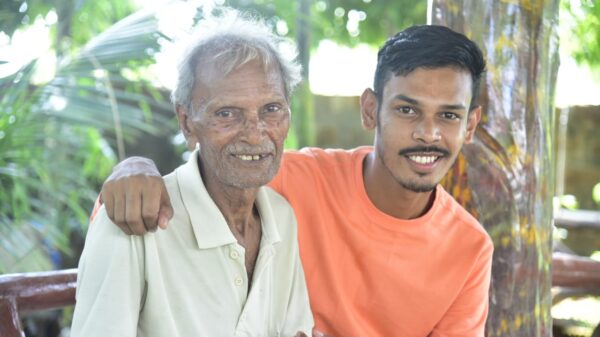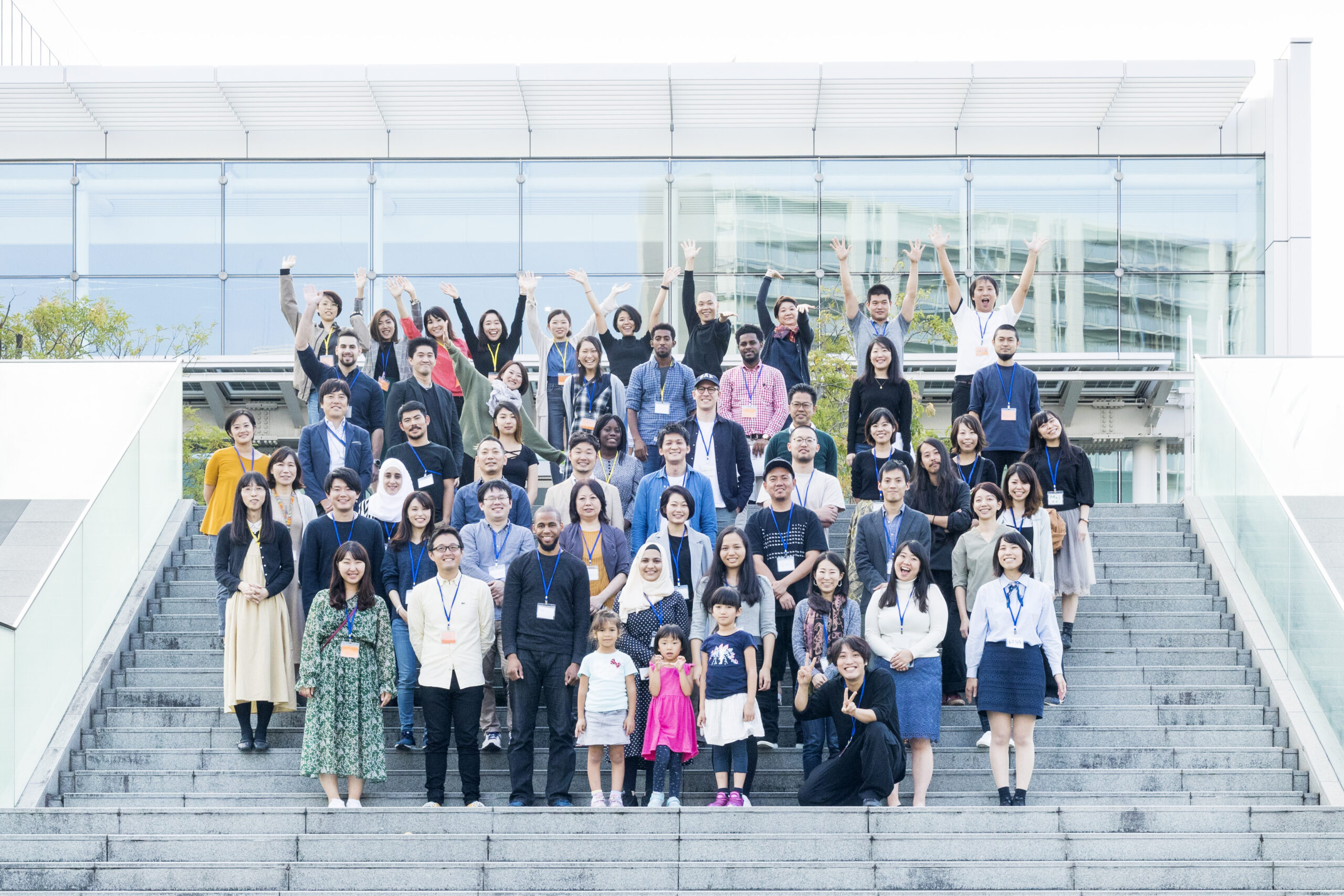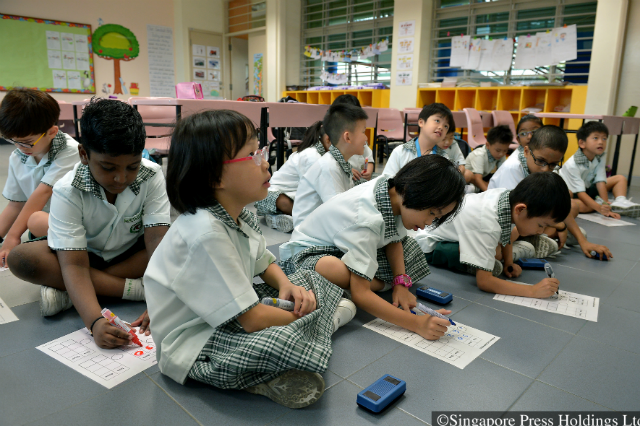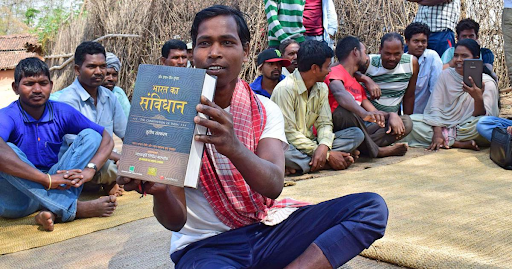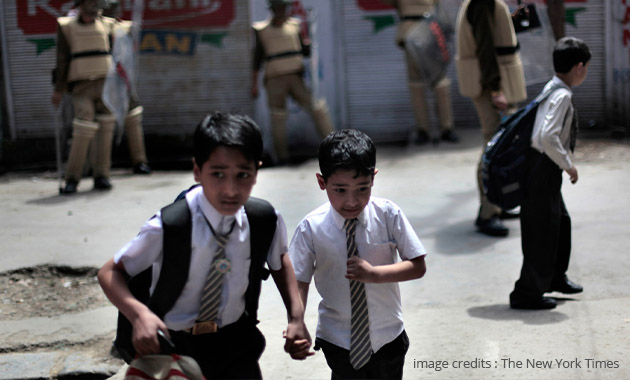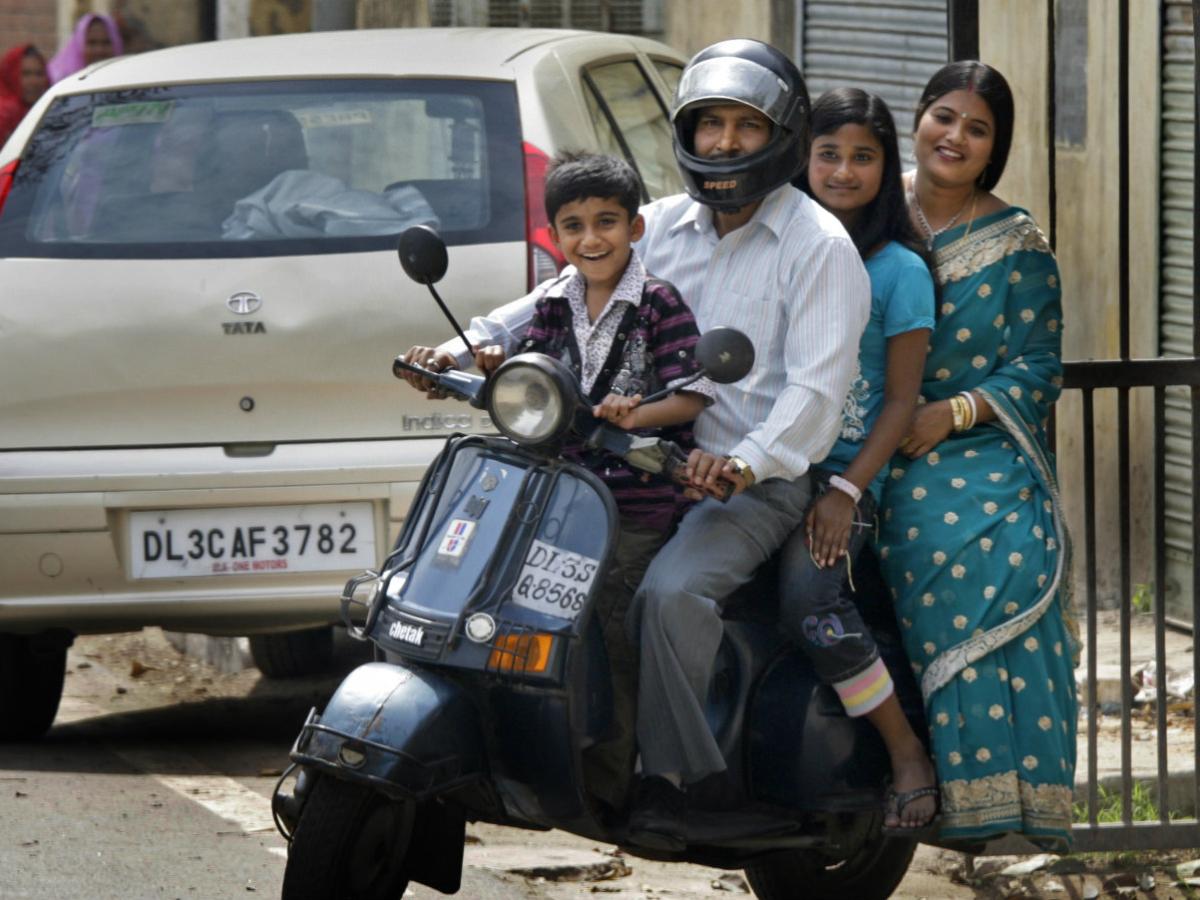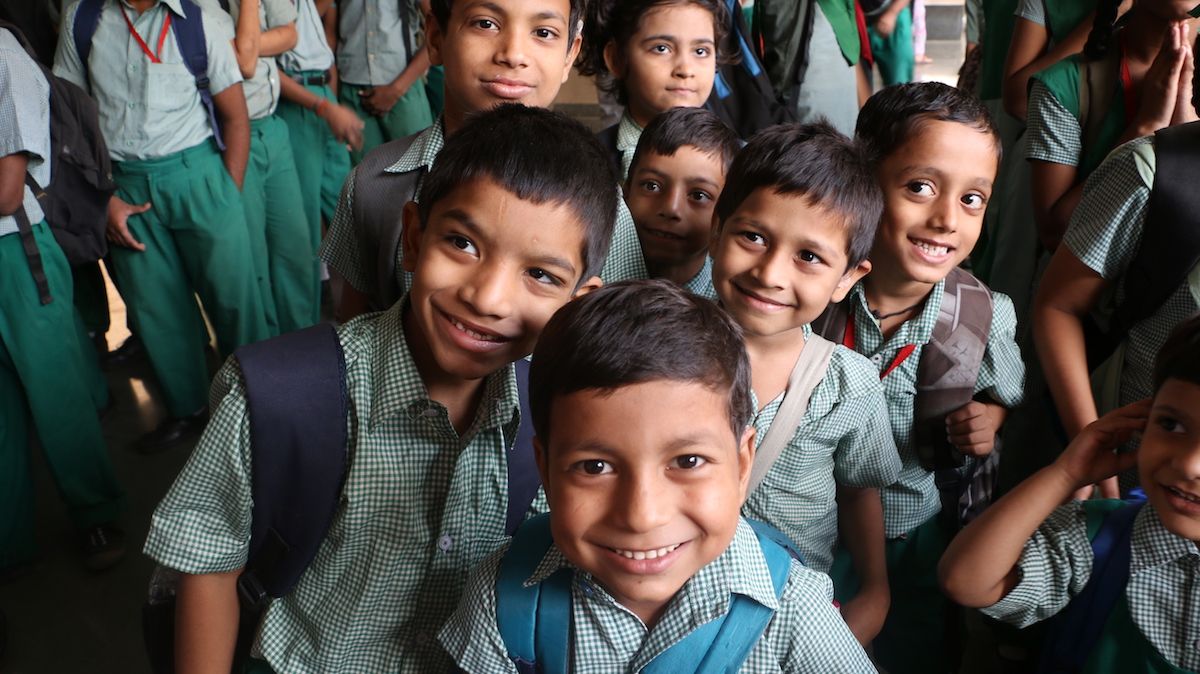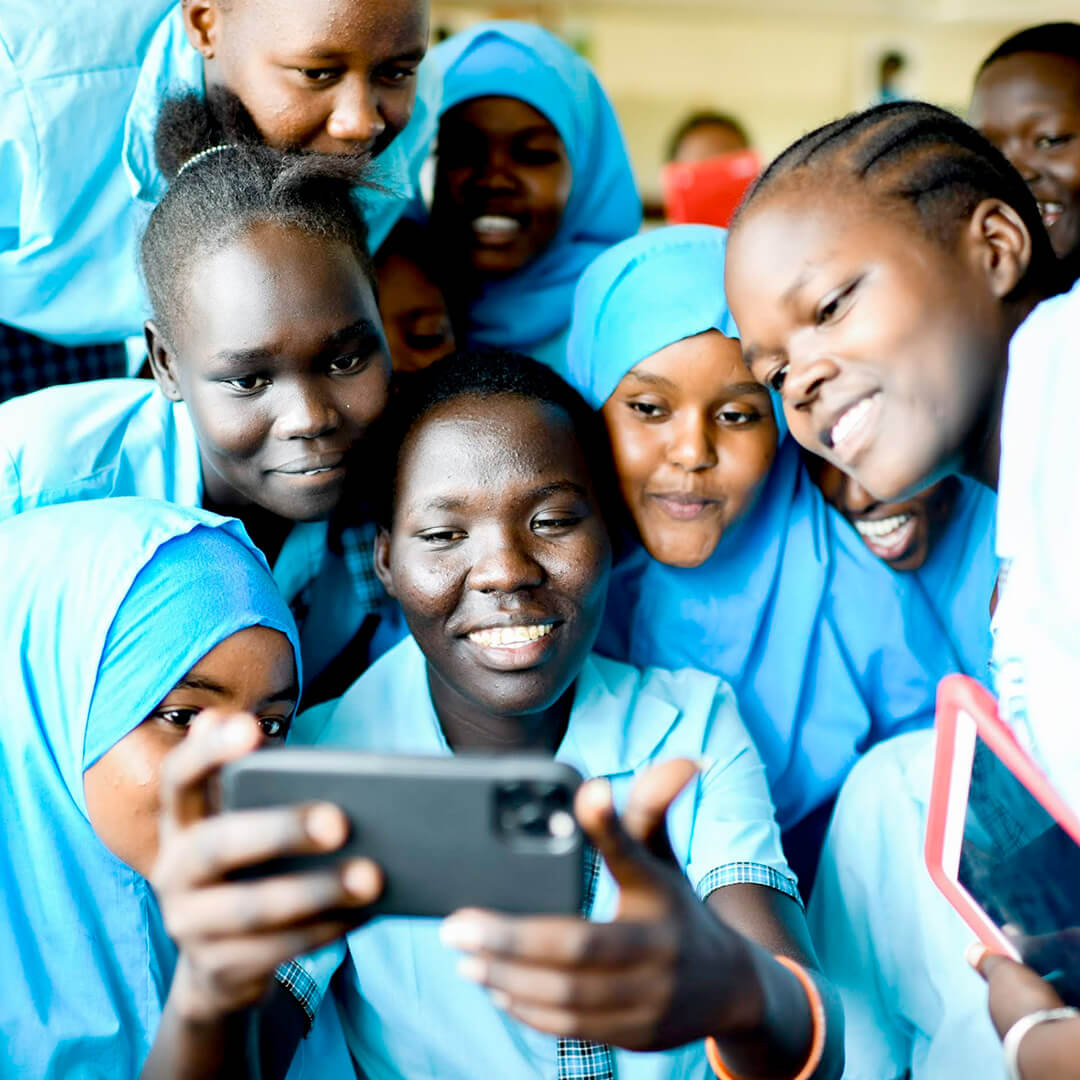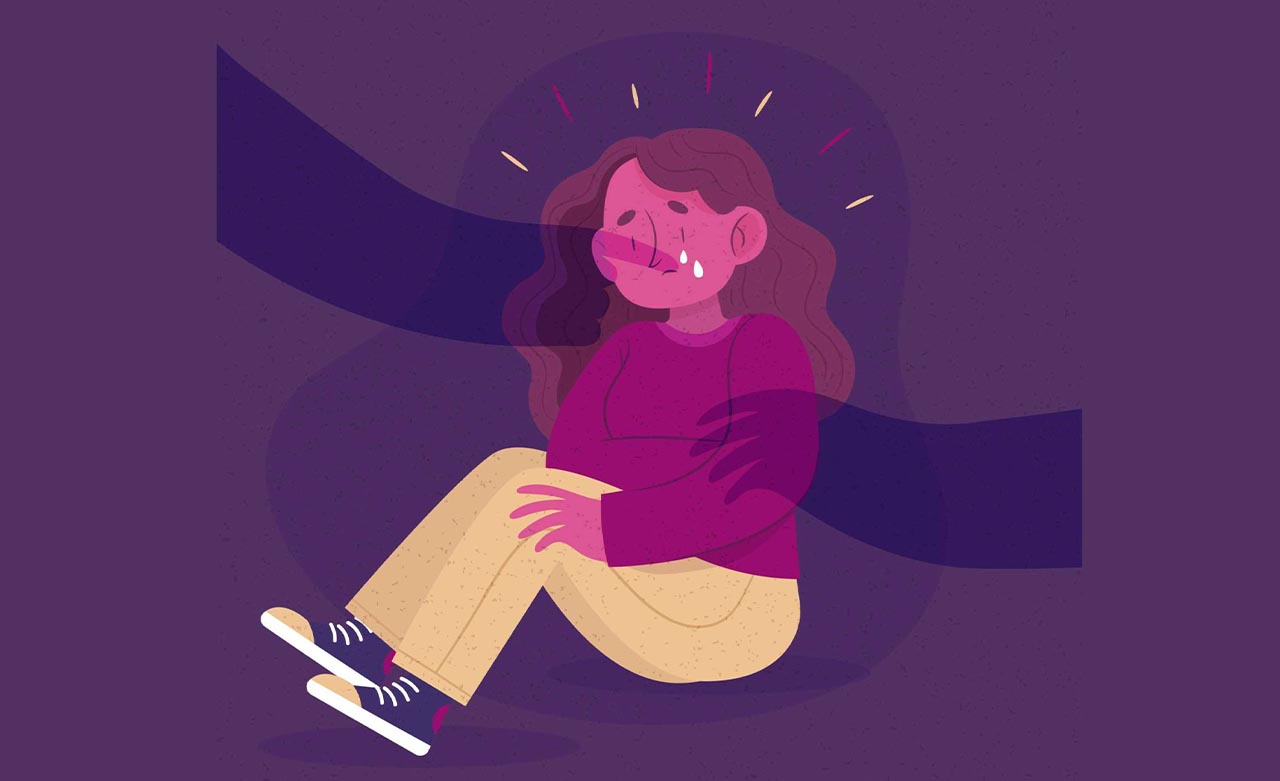Sexual violence is a major problem faced by women and girls in India. India is considered to be the most dangerous nation for sexual assault against women. Strange as it may sound, men in India have been guilty of raping mere babies, young girls, adult women and even old women.
According to government data, nearly four women are raped every hour in this country. However, only about 90 women each day find the courage to report that they have been subjected to sexual violence. The real number — probably way higher — never gets out as many rapes go unreported, buried under the carpet of shame, confusion and fear. Public data also demonstrates that majority of these crimes are perpetrated by persons known to the victim, including family members and neighbours.
The extremely violent and brutal 2012 Delhi rape case brought the problem to light and everyone began to think about why such a problem exists in this country.
Why do people commit sexual violence?
Sexual violence is a crime rooted in patriarchy that seeks to control women and their bodies. Indian society has been criticized as a society that has misogyny and sexism firmly rooted in its culture. Crimes against women are unusually common here, from female infanticide, abortion of female fetuses, dowry deaths, honor killings, human trafficking, and forced prostitution to sexual assault.
We need to recognize that rape is an act of power — an assertion of patriarchal power, often compounded by the power of the dominant caste/community or the State. Kavita Krishnan, Social Activist
In India, society seeks to shift blame onto survivors, shaming them into silence. This is especially true among those who already belong to marginalized groups, such as Dalit-bahujans, Adivasis, and poor women, leaving them particularly vulnerable to sexual violence. This culture is part of law enforcement, the courts, hospitals, playing its part in further silencing survivors’ voices.
Reasons for increasing sexual violence in India
1) Lack of sex education
Education is an important tool through which can teach the difference between what is right and what is wrong. Education helps in shaping a person’s ideas and personality. Childhood experiences leave an indelible mark on the person’s character. Sex education is a program which educates and informs young individuals about sex, sexual health, sexuality and sexual rights in an age-appropriate manner.
Young men in India grow up in a male-dominated environment, with little or no sex education. In rural areas, there is very little contact with female peers after puberty. Even in urban places, schools attempt to separate boys and girls as much as possible and encourage distance between the two sexes. Together, it allows for gender discriminatory attitudes to prevail and perpetuate into future generations. Therefore, respect to women and their right to an equal status in society are things that must be taught at a very young age.
Parents must be careful about how they bring up their male children. Instead of ensuring that their daughters grow up to be submissive women, they should take care that their sons do not grow up to be oppressive men. Home should be a place that encourages correct gender attitudes.
Unemployment and poverty may contribute towards increasing violence on women, as men seek to establish power relations at the expense of women. Women who are already vulnerable because of their gender identity are made doubly vulnerable due to their socio-economic conditions or place within the caste hierarchy .
Thus, India is in great need of comprehensive sex education with a focus on sexual violence and exploitation awareness. It is imperative that schools incorporate sex ed in their curriculum. Such lessons can help empower young people by highlighting women’s changing roles in society. They can also provide a safe space to address distorted views regarding gender and masculinity and create awareness of violence against women.
2) A stagnant court system
India’s court system is painfully slow in administering justice. This is due to inadequate resources, a great shortage of judges and too much pending workload. There are about 15 judges for every 1 million people. A Delhi high court judge once estimated it would take 466 years to get through the backlog in the capital alone.
Most of the time, as the case reaches its conviction, the victim and witnesses either die or get tired of the slow and inefficient pace of the judiciary system. The law falls short of securing justice and just punishment for rapists in our country. For instance, there is no law for recognizing marital rape. There is no appropriate punishment for juvenile offenders.
A report found that women may be more willing to report rape, but that may not translate into justice. India has made wholesale changes to its rape laws in recent years, such as, expanding the definition of rape to include that the absence of a physical struggle does not equate to consent.
However, many of the recommendations made by the Justice Verma Committee on Amendments to Criminal Law, after the infamous Delhi gang rape and murder case in 2013, have yet to be implemented. In particular, the Committee had recommended many systemic and procedural reforms including police reforms, reforms in management of sexual violence cases and education reforms aimed at preventing sexual violence.
3) Encouraging rape victims to compromise
Whenever a woman files a case against the rapist, police tries to pressure them into dropping the case and marry one of their attackers. Very often, the survivor is driven to attempt suicide because of glaring inaction on the part of law enforcement and government.
Rape survivorss are often encouraged by village elders and Gram Panchayats to “compromise” with the family of the accused and drop the charges or even to marry the attacker. Such compromises are aimed at keeping the peace between families or clan groups. Families, who should be a source of support, become a source of pressure for survivors to remain silent. Harassment of family members of the survivor is equally discouraging. Thus, everyone tries to brush things under a carpet instead of reflecting upon the pain and trauma of the survivor and the violence of the crime.
Society must put their false notions of community’s respect and woman’s shame behind. It has to come together to fight against these crimes. Only then, women will be able to raise their voice against sexual violence because it is is society which shames women into acting like nothing happened.
4) Lack of public safety
Rapes occur both within and outside the home. However, women are always advised to stay home, especially after dark. After a gang-rape case was reported in Bhopal, Madhya Pradesh, the government responded with the bizarre order to shut coaching centers post 8 PM.
It is no wonder that women are encouraged to stay home rather than step out, since they find themselves exposed without any protection of the law once outside. In India, only 10 percent of total rape cases are reported and out of these only 24 percent see convictions. When women are harassed in public places, bystanders look the other way. Indians are more inclined to stand by rather than help or report such a crime. They are too concerned about what people will think.
The 2012 Delhi gang rape occurred in a public bus, and even Indian authorities say that the country’s public places can be unsafe for women. Many streets are poorly lit. A Women and Child Development Ministry report recently pointed out about the lack of women’s toilets in the country, even those that there are are unclean and unhygienic.
Women who choose to dress themselves in Western attire, drink, smoke or visit pubs are widely regarded as morally loose in Indian society. Village councils have blamed women for talking on cellphones and going to the bazaar for an increase in the incidence of rape.
For Indians, it is more important to preserve appearances than ensure justice to the survivor. Even when women dare to report the crime, witnesses refuse to speak the truth. Most women do not even tell their peers about their experience, due to outdated and insensible social codes that label the survivor as “Unacceptable” by society.
5) Criticizing provocative clothing
The idea that one’s clothes can contribute to rape is false — and incredibly common. The belief that clothing has anything to do with sexual assault is globally persistent.
Courts accept the view that a woman’s clothing conveys her attitude when they permit such evidence to be introduced. In rape and sexual assault cases, the defense offers a description of clothing as evidence of consent. In sexual harassment cases, the defense points to clothing to prove that the survivor welcomed the sexual advances.
There’s a tendency to blame the survivors instead of the attackers. It is assumed that the survivors somehow brought it on themselves. In a 1996 survey of judges in India, 68 percent of the respondents said that provocative clothing is an invitation to rape. In response to a recent gang-rape incident, a legislator in Rajasthan suggested banning skirts as a uniform for girls in private schools, citing this as a reason for increased cases of sexual harassment.
In a democratic country like India, both men and women have an equal right to dress themselves according to their wishes. It is yet to be proven that women must hide their bodies and it will save them from assault.
6) Few female police officers
The failure to ensure women’s safety and security has been a serious concern since a long time. There is a lack of female police officers who can attend to women survivors of sexual violence. Study shows that women are more likely to report sex crimes if female police officers are present. Due to the less number of female police force, women do not feel safe outside their homes, be it in a public place or a private place. Most of the time, Indian police lacks even the basic training and equipment required to investigate the case and gather evidence.
India has historically had a much lower percentage of female police officers than other Asian countries. When women do report rape charges to male police, they are frequently demeaned. Often police refuses to file the complaint. Instead, they harass the survivor by forcing her to repeat the vulgar details of the crime again and again, making her relive the assault. This usually happens when there is no female officer present, and there are only men.
As part of a viable solution, the country has to employ more female police officers so that females would be able to clearly report the crimes done unto them and seek justice.
7) Low status of women
The overall second-class status of women and lack of respect for women in India is the major cause of rising sexual violence against women. India has one of the lowest sex ratios in the world. Male children are preferred over female one, and female infanticide is the most common practice to get rid of girls in India. Girls are considered to be a burden with the future pressure of dowry, and are not allowed to seek education.
For poor families, payment of a hefty marriage dowry can make daughters a burden. India has one of the lowest female-to-male population ratios in the world because of sex-selective abortion and female infanticide. Throughout their lives, sons are better fed and looked after, than their sisters. They are more likely to be sent to school and have brighter career prospects. Young boys are told to dream of a better life, a good job and an obedient wife. While young women are expected to marry well, know the art of cooking and cleaning, and become a good wife.
In recent times, Indian politicians have put forward a slew of potential remedies for solving India’s sexual violence problem. But it’s worth noting that it will be hard to end discrimination against women at police stations when it starts right from the crib.
Women need nothing more but the safety that arises through mutually respectful relationships between Men and Women. All measures to prevent rapes would be useful only if men start thinking of women as equal human beings, deserving of respect, dignity and an equal share of opportunities in all walks of life.
8) Patriarchal mindset
The obsolete thinking of Indian population has contributed towards India’s great problem of sexual violence. In India, boys are preferred over girls. The cultural upbringing of men in our society teaches them that they are superior to women. It is a cruel tradition which has constructed men as dominant, aggressive and strong while painting women as weak, inferior and Submissive.
This has led men to believe that they have a right to women and their bodies. They are superior to them which gives them a right to control and police. The hush-hush mentality of society and its stigmatization of survivors of sexual violence gives these perpetrators the strength to commit more crimes.
Boys have to be taught from a very young age that it’s wrong to talk disparagingly about women, feel up girls surreptitiously, make lewd remarks and leer at them. This cannot be left to parents alone but must be part of school curriculum.
The school curriculum should incorporate sex education from primary school onwards. For older students, gender sensitization classes and workshops should be mandatory. Violence against women is so deeply rooted in India, that we must make it as much a priority as basic reading and writing skills. Girls must be encouraged to be vocal, fearless and intolerant of transgressions, however small.
The government must set up a special unit that recruits and trains officers specifically to deal with sexual offences, and create easy access to doctors, forensic experts, rape survivors and psychologists. This will go a long way in boosting the confidence of survivors in coming forward to seek justice. All registered offences must be dealt with by this unit within a few months using fast-track courts. Predators must know that justice is swift and favourable to victims. India’s approach to curbing sexual violence must steer clear of diminishing women, and root out dangerous, obsolete and outdated patriarchal attitudes instead.


